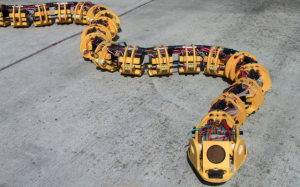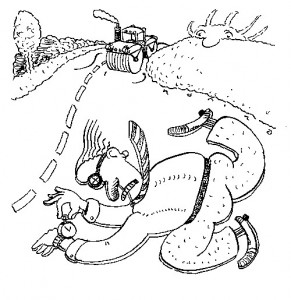Recently, the Vancouver city council has suggested a new rule that will ban the sale or trade of any shark fin products. In Toronto and many cities around the world, shark-fin products are already banned. Although this rule causes many Chinese communities to protest, it receives supports from many animal-protecting groups and scientists.

http://green.blogs.nytimes.com/2012/03/06/shark-fins-are-loaded-with-a-neurotoxin-study-finds/
Myths and Facts about sharks and their fins
There is a ridiculous myth suggesting that sharks do not develop cancers; and therefore, shark-fins are great for fighting cancers. This claim is obviously untrue because sharks also develop cancers like human do, and no researches have been done that suggest eating shark-fins will help to fight cancers. In fact, researchers have discovered that almost all types of shark-fins contain high amount of mercury and β-N-methylamino-L-alanine (BMAA). BMAA is produced by many species of cyanobacteria in the water environment while mercury comes from water pollution. Cyanobacteria are blue-green algae that use photosynthesis to produce energy. Researchers have found that BMAA is linked to brain disease such as Alzheimer’s and Parkinson’s, and is considered as a neurotoxin.
Moreover, the concentration of mercury and BMAA will accumulate as one animal eats another animal. Sharks are known to be at the top of the food chain; their eating habits are varied just like human. Therefore, almost all shark species contain high concentration of mercury and BMAA, and when we consume shark fins, these harmful substances will likely stay within our body.

http://www.stopsharkfinning.net/shark-fin-soup-facts.htm
Another strange belief that some people have is that sharks are dangerous so there is no problem that they are extinct. This is clearly false because every species in the food chain is important, especially animals that are at the top like sharks. If all sharks are extinct, the number of their prey will increase significantly. This affects the species at the middle and bottom of the food chain. The whole ecosystem will become disrupted. Furthermore, it is true that some sharks attack human, but statistically, the number of death caused by shark attack is very small. According to International Shark Attack File (ISAF), the fatality rate of shark attack is only 1.5% while the fatality rate of alligator attack is 4.3%.
One interesting fact about the shark-fin soup is that it is actually tasteless, but people who ‘enjoy’ shark-fin soup actually care more about the symbolism than the taste. Shark-fins represent power in Chinese culture. Shark-fin soup has been around since the Ming Dynasty, and it was only consumed by powerful and wealthy people because they believe shark-fins were beneficial for their health. It is sad to see the sharks being cruelly finned just because some people still have those false beliefs.
I am glad that our government steps up and finally ban the trade of shark fins. Who would feed their family with food that is full of mercury and BMAA??
This is a video that discuss the effect of killing sharks for their fins:
Posted by Jeremy





























